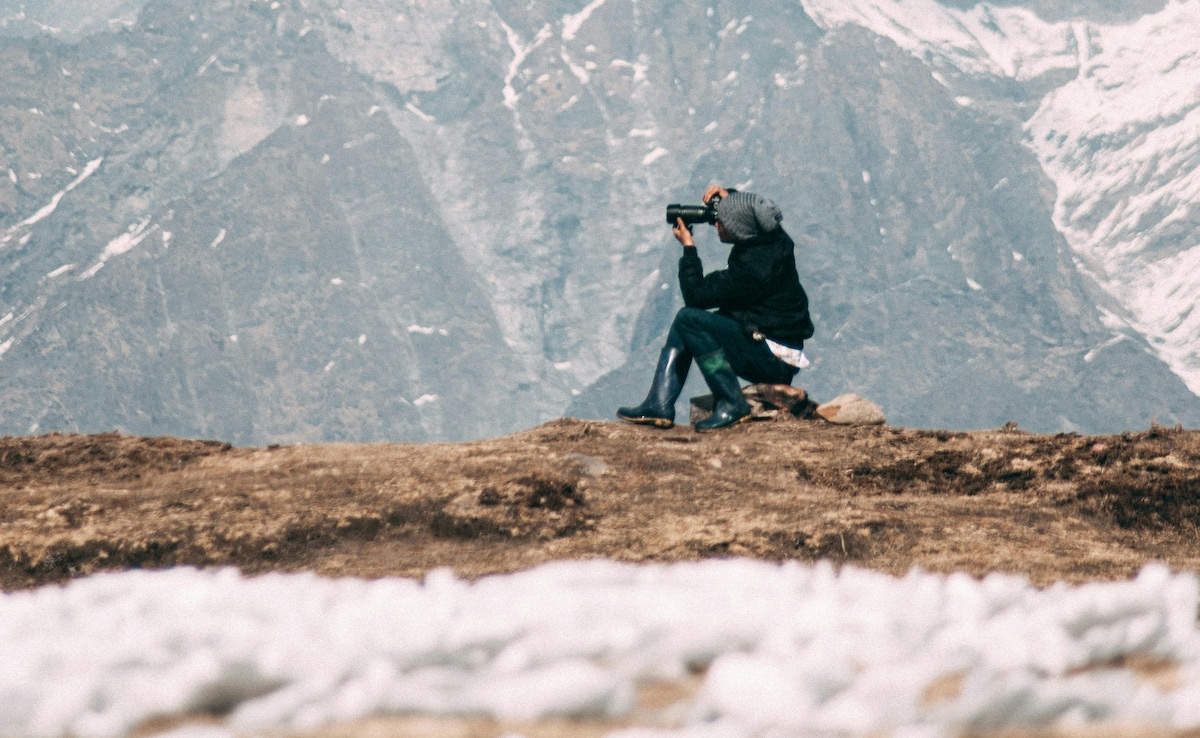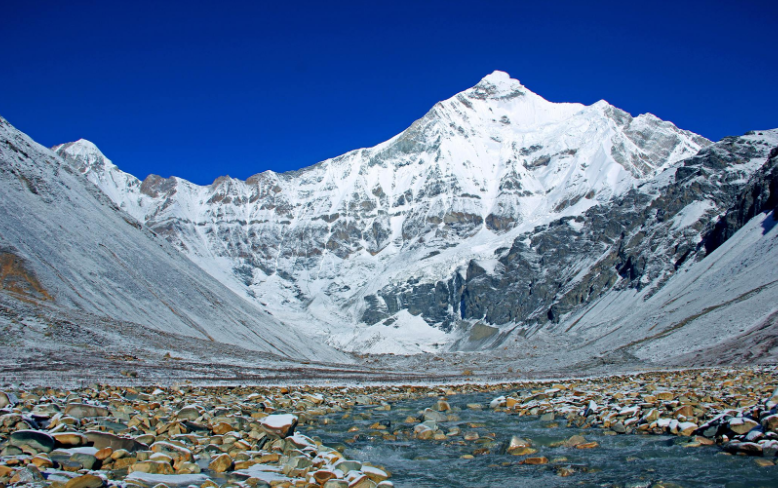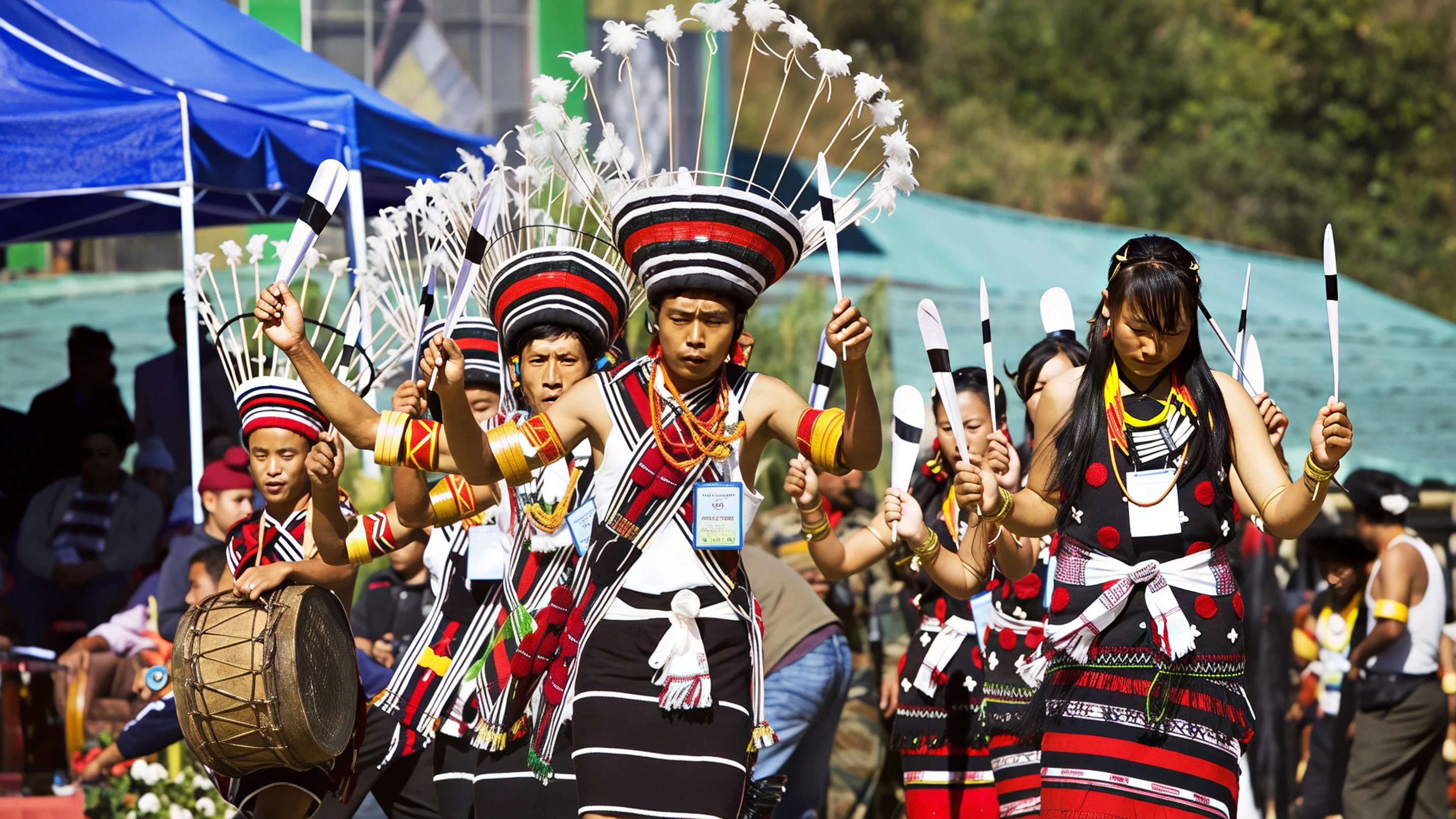For the first time since 1983, Nanda Devi may soon welcome climbers and trekkers back to its legendary slopes. Nestled in Uttarakhand’s Chamoli district and rising to 7816 metres, this sacred Himalayan peak is a symbol of both spiritual devotion and ecological preservation. For years, it remained untouched by recreational tourism due to its delicate biosphere and historical sensitivities. Now, a cautious and limited reopening plan is set to change that, making it one of the most anticipated moments in Indian mountaineering history.

The reopening has been proposed by the Indian Mountaineering Foundation in collaboration with Uttarakhand’s tourism and forest departments. Though still awaiting final approvals, the plan outlines strict regulation of all future expeditions. This includes limited permits, mandatory group participation, and thorough screening for experience and preparedness. The state aims to balance the enthusiasm of adventure seekers with the responsibility of preserving one of the most fragile ecosystems in the Indian Himalayas.
Nanda Devi is more than just a mountain. It is deeply revered by local communities as the abode of Goddess Nanda Devi, regarded as a powerful symbol of feminine strength and divine protection. It also forms the heart of the UNESCO-listed Nanda Devi National Park, which is home to snow leopards, musk deer, and countless rare alpine plants. With its immense ecological and cultural importance, the mountain has remained closed to climbers for over four decades. The last significant closure in 1983 came after concerns of environmental degradation and the mysterious fallout from a Cold War operation involving a lost nuclear device on the mountain. Since then, only a few scientific expeditions have been allowed under very tight supervision.

The potential reopening is not just about the peak itself. Surrounding areas like Joshimath and Auli are expected to become major hubs for travellers, with access to stunning trekking routes and scenic stays. Visitors can also explore nearby destinations such as the Valley of Flowers and Hemkund Sahib. Even for those not attempting a summit, the region offers experiences steeped in natural beauty, culture, and quiet adventure. The buffer zones of the national park remain open for eco-tourism activities such as birdwatching and light trekking.
While this development is generating excitement among climbers and tourism operators, it has also reignited concerns among environmentalists. The return of mass interest in Nanda Devi brings with it the risks of pollution, wildlife disturbance, and commercialisation of a deeply sacred space. Local voices and conservation experts are urging travellers to approach the mountain with care, humility, and awareness of its significance. This is not a mountain to conquer but one to walk upon with respect.

Aspiring climbers must remember that Nanda Devi is one of the most challenging peaks in the region. It demands not only technical expertise but also mental discipline and cultural sensitivity. Solo climbs will not be permitted. Every participant must be registered through licensed agencies and must follow strict protocols regarding waste disposal, group size, and interaction with the environment.
Whether you are an experienced mountaineer or someone simply drawn to the story of a mountain that has waited silently for decades, this moment is a turning point. The reopening of Nanda Devi is a privilege that must be met with responsibility. It is a test not only of our love for nature but of our willingness to preserve what we love for future generations.
For more such travel updates, destination guides, and adventure stories, follow Travel Moves on Instagram and Facebook.








